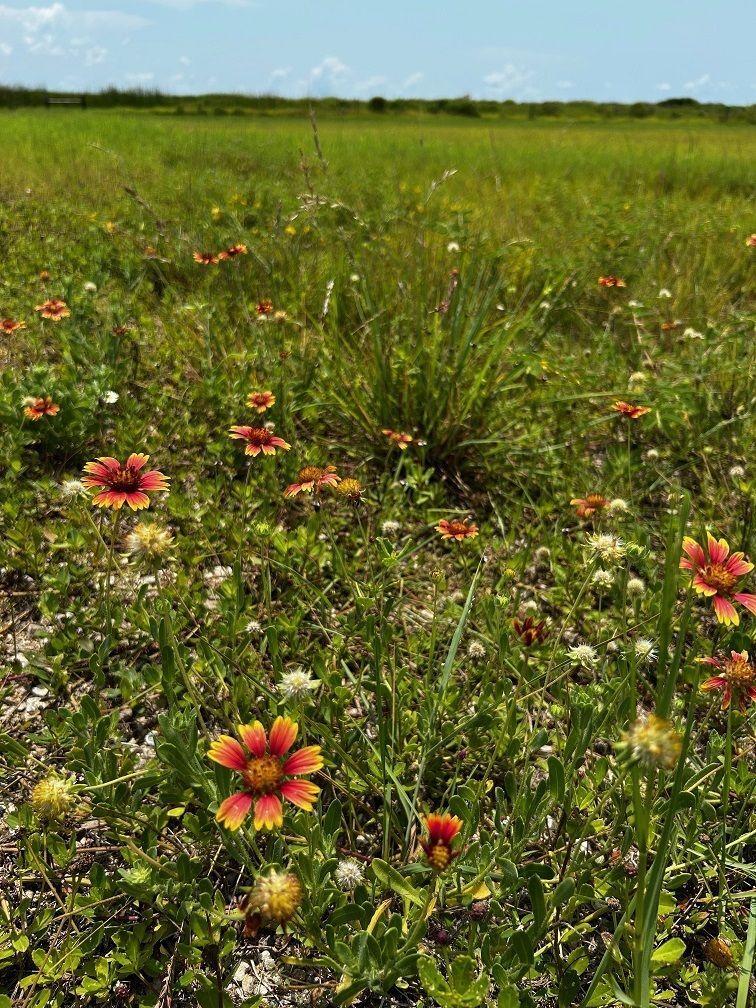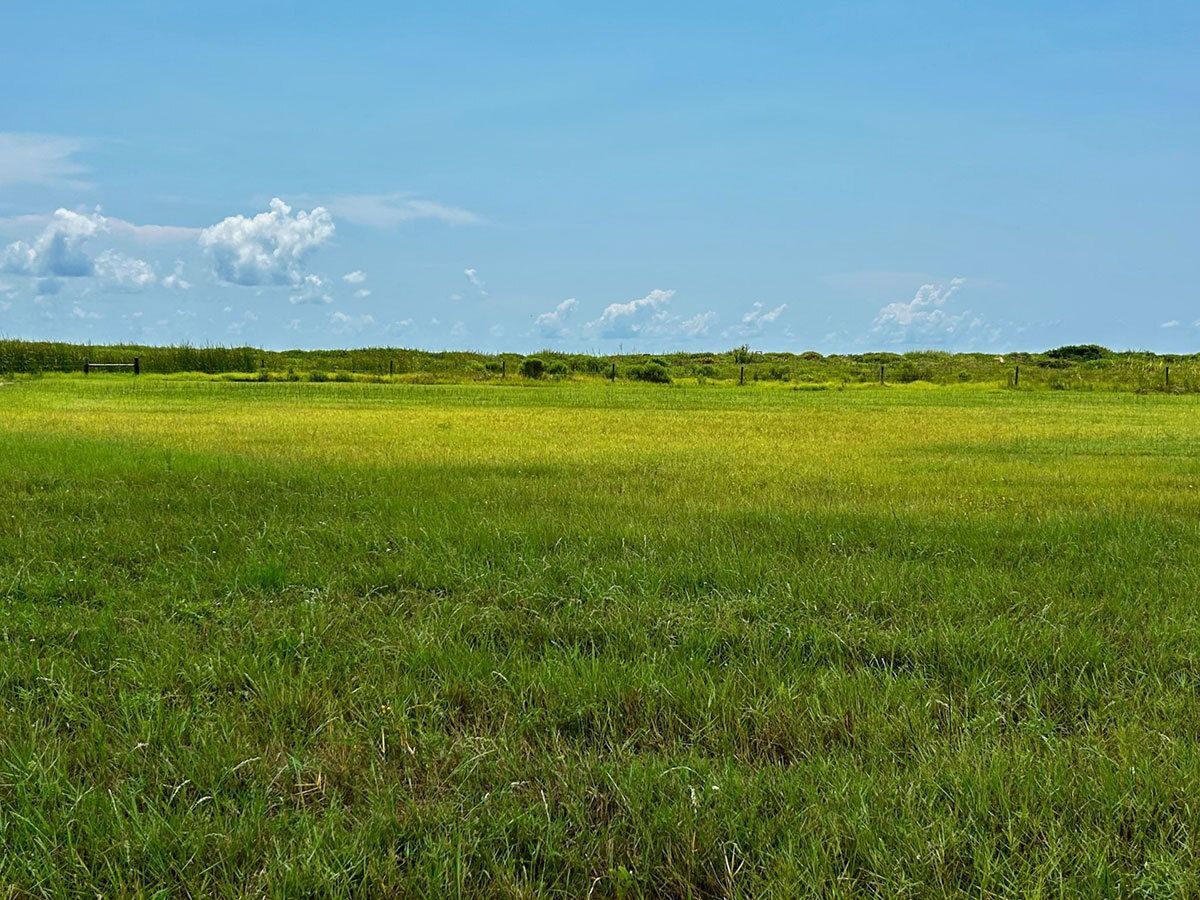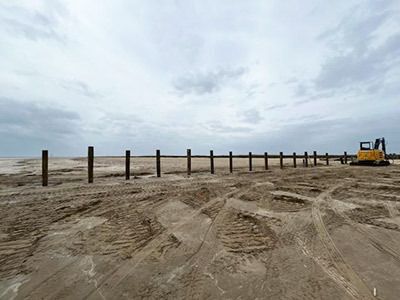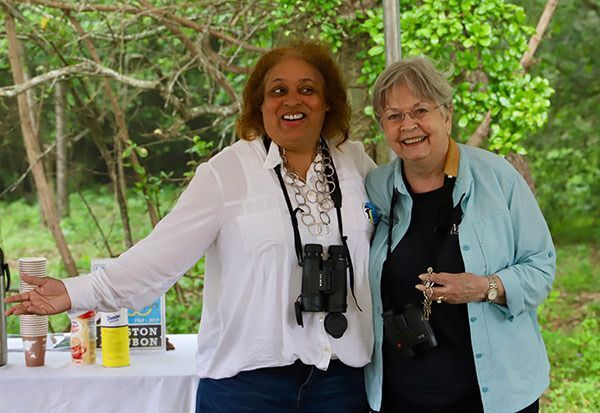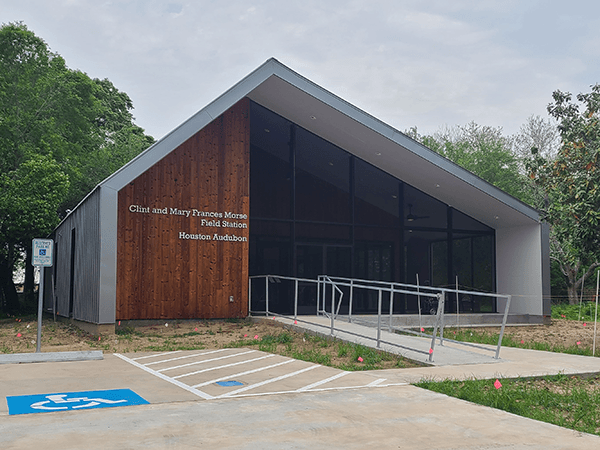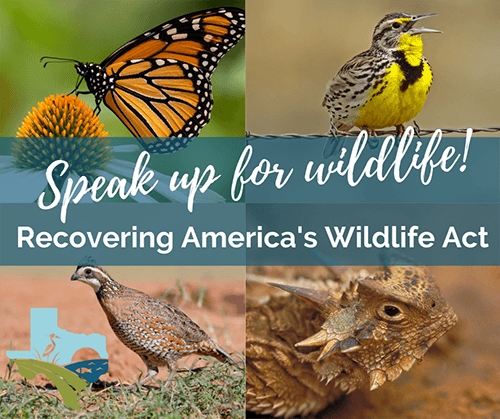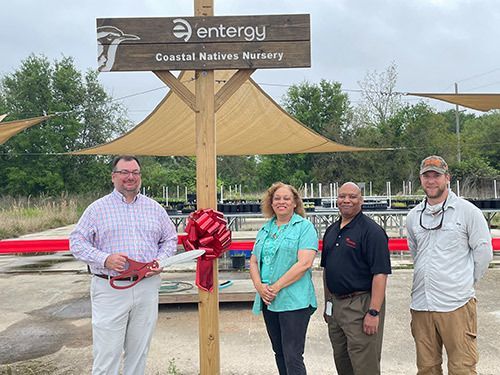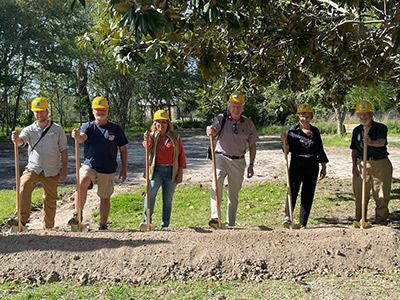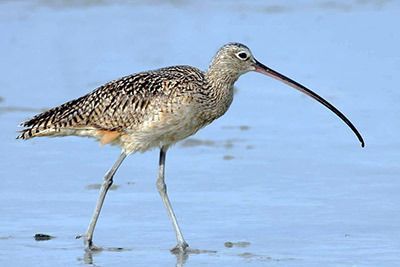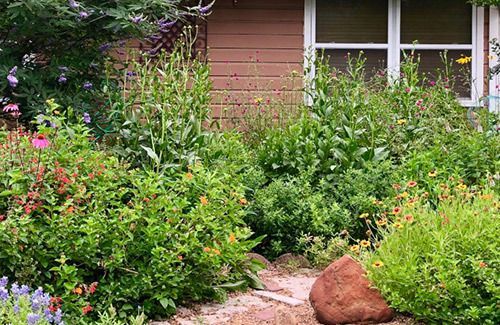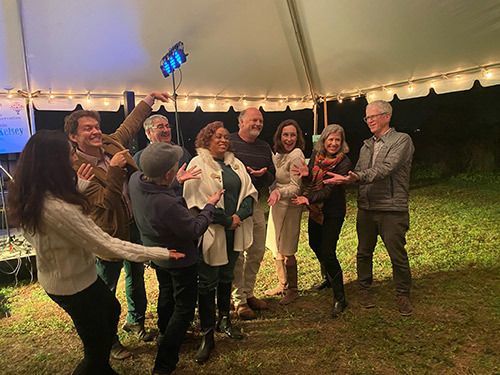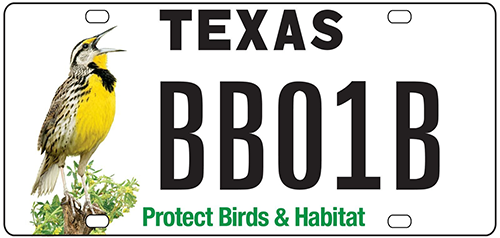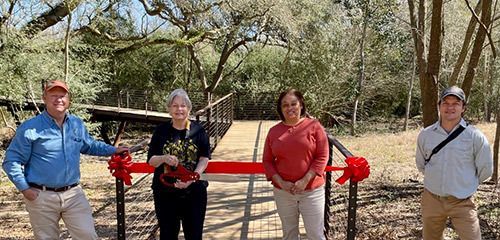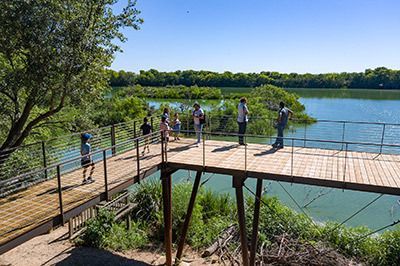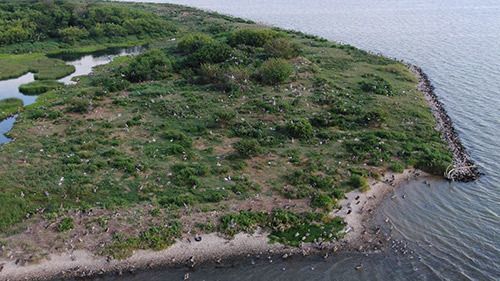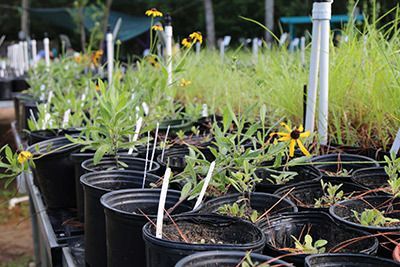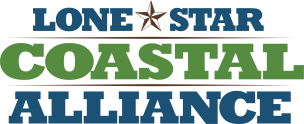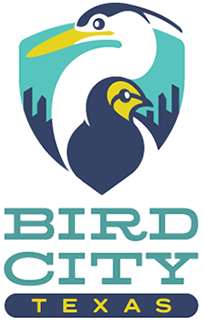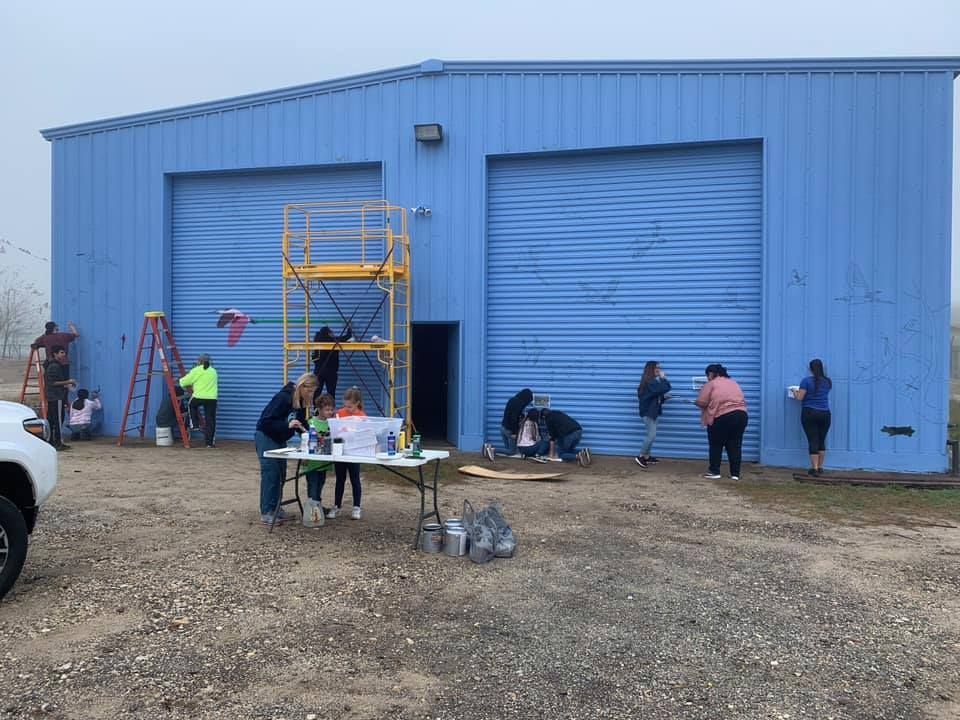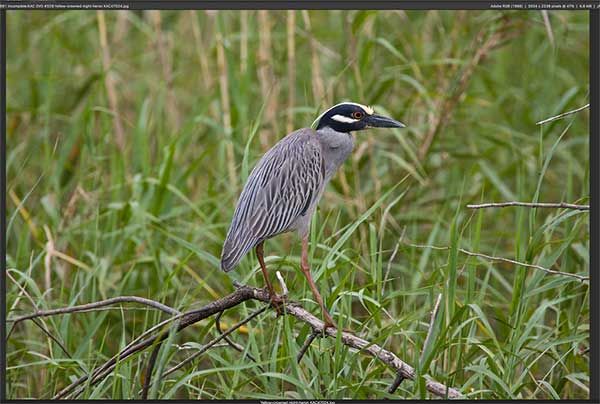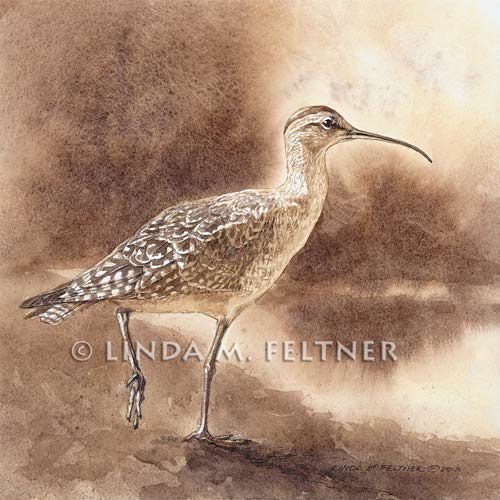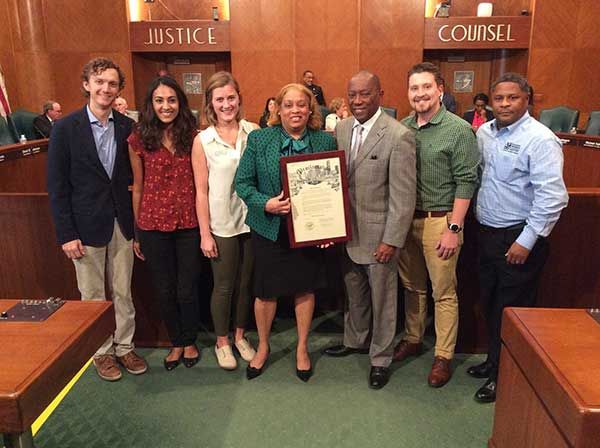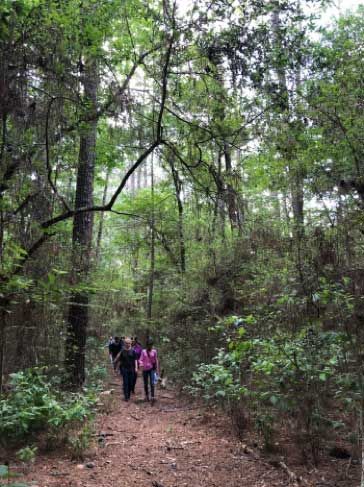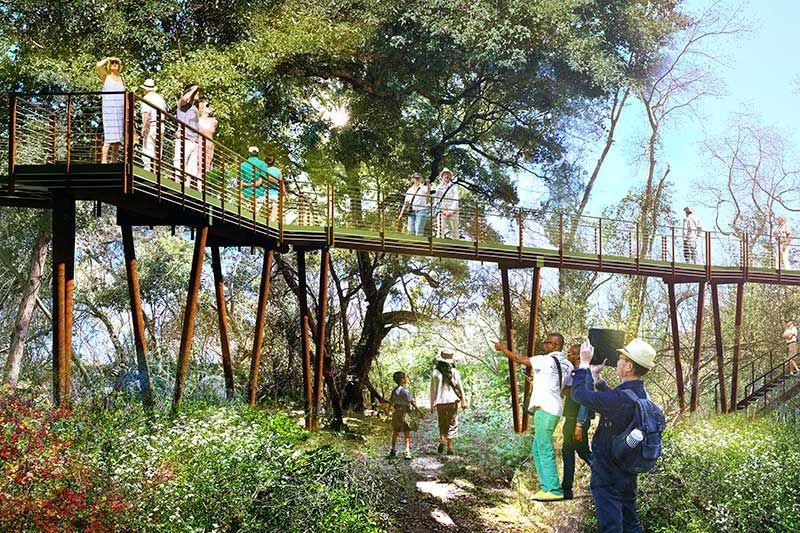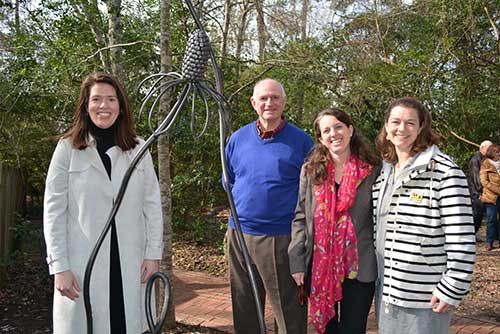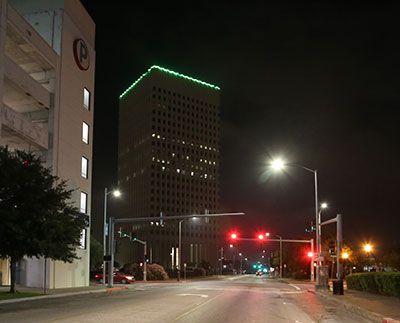Newsroom Archive
Houston – For the first time in decades, Houston Audubon is making a formal public appeal for significant financial assistance to acquire a critical final piece of land to complete their largest preserve, the Bolivar Flats Bird Sanctuary. $3 million dollars needs to be raised by the end of the year (12/31/25) to purchase the last remaining tract.
Houston Audubon proudly announces the successful closing of a critical $3 million acquisition on Bolivar Peninsula. This purchase of a portion of the former Sanderling Development acreage represents protection of endangered-species habitat that is adjacent to the globally significant Bolivar Flats Shorebird Sanctuary, purchased by Houston Audubon in 1997.
Houston Audubon announces the appointment of Jed Aplaca as President and Chief Executive Officer, effective December 30, 2024. This news comes after a four-month long search conducted by a President and CEO Search Committee consisting of 8 board members and volunteers. Jed Aplaca brings extensive experience and a proven track record of success to Houston Audubon. His background in conservation biology and botany aligns perfectly with the organization’s critical land management efforts, particularly in native plant restoration. Jed’s history of successful partnerships with local organizations will bolster Houston Audubon’s community outreach and education programs, both in the community and at our sanctuaries.
After over a year of navigating permitting red-tape, we finally received the green light to update the vehicular barrier at Bolivar Flats, and the first phase of the project is complete just in time for breeding season!
We are deeply saddened by the passing of Kathrine (Kathy) G. McGovern. Houston Audubon has lost a dear friend, fellow champion of bird conservation, and longtime generous supporter.
Audubon Texas is excited to announce the 2023 honorees of the Terry Hershey Award, as part of the Texas Women in Conservation Program. The honorees include Helen Drummond of the Houston Audubon Society and Virginia Rose of Birdability, as well as posthumous awards for Cecil Seixas and Estelle Hertford, both of Galveston. Audubon’s Texas Women in Conservation Program debuted in 2015 to honor the role women play in the conservation field and to provide opportunities for high school students to become inspired and involved in environmental science. This year’s honorees are a unique representation of the past, present, and future legacy of Audubon Texas, Audubon chapters, and community partners — a fitting tribute as the organization celebrates its centennial year of coastal protection activities.
Houston Audubon is excited to announce that the new Clint and Mary Frances Morse Field Station in High Island, Texas is now open! The new field station will serve as coastal headquarters for the staff and volunteers at High Island, as well as provide facilities for a variety of educational programs, workshops, and scientific research to promote conservation. This 1,700 sq. ft modern structure will include office space, a large conference room, restrooms, an ample kitchen, storage, and a screened-in porch.
Based on our review of the Environmental Assessment (EA) related to the two proposed Wind Energy Areas (WEAs) in the Gulf of Mexico, insufficient data and analysis were provided to make sound scientific-based comments or decisions regarding the proposed sites.
Exciting News! In the coming weeks game-changing wildlife conservation legislation—the Recovering America’s Wildlife Act— is expected to be scheduled for a vote in the US House of Representatives and US Senate. We need YOU to help ensure that the Recovering America's Wildlife Act crosses the finish line!
Houston Audubon is excited to announce that the new Entergy Coastal Natives Nursery at the Hulsey Coastal Operations Center in High Island is operational, with a ribbon-cutting ceremony held on April 12, 2022. Houston Audubon was awarded an environmental grant from Entergy Texas to build the new nursery, which will provide greater availability and access to native plants critical to birds, bugs, and other native wildlife. Specifically, Houston Audubon will be able to increase its native plant nursery capacity for plant distribution to individuals and organizations in the Gulf Coast region.
Houston Audubon is excited to announce that we have broken ground on the new Clint and Mary Frances Morse Field Station in High Island, Texas. The new field station will serve as coastal headquarters for the staff and volunteers at High Island, as well as provide facilities for a variety of educational programs, workshops, and scientific research to promote conservation. This 1700 sq. ft modern structure will include office space, a large conference room, restrooms, an ample kitchen, storage, and a screened-in porch.
In honor of Earth Month, local land trusts are highlighting the work being done to conserve land, strengthen communities, and create a healthier planet. Land trusts have conserved more than 60 million acres of land across the United States. Here in the Gulf Coast region, four land trusts – Bayou Land Conservancy, Galveston Bay Foundation, Houston Audubon, and Katy Prairie Conservancy – are protecting our natural world — our water, wildlife and open space — for all people, forever.
Houston Audubon’s Bird-Friendly Spaces Program recognizes individuals taking actions to make Houston a wildlife-friendly city by creating inviting habitat, limiting threats to birds and connecting with the community. Houston Audubon is calling on every Houstonian to help preserve nature in our city, for the love of wildlife and for the overall quality of life of current and future Houstonians.
On November 19, 2021, Houston Audubon’s Executive Director, Helen E. Drummond, received the Women in Coastal Conservation Award at Artist Boat’s Float the Boat fundraising dinner series. Drummond was one of the four exceptional women honored for their contributions towards coastal conservation, advocacy, restoration, and leadership.
Houston Audubon is excited to announce a second environmental partnership project with Entergy Texas. Houston Audubon was awarded an environmental grant from Entergy Texas to restore habitat and provide new community outreach opportunities at Damuth Bird Sanctuary in Liberty County, Texas.
Houston Audubon is pleased to announce the launch of its new conservation license plate which will raise money to protect birds and their habitat. The plate is sponsored by Texas Parks and Wildlife Department (TPWD) and can be put on Texas-registered vehicles, trailers and motorcycles.
HOUSTON, TX – April 09, 2021 – Mayor Sylvester Turner has proclaimed April 19 - May 7, 2021 “Lights Out Nights” in Houston, encouraging all businesses, residents, and building managers to turn off non-essential exterior lighting from 11 p.m. to 6 a.m. during the period of peak migration for birds through Texas.
3/8/2021- High Island, TX- Houston Audubon along with Mrs. Kathrine McGovern officially opened the highly anticipated canopy walkway at Smith Oaks Bird Sanctuary in High Island with a ribbon cutting ceremony on Thursday, March 04, 2021. The Kathrine G. McGovern Canopy Walkway, an elevated viewing experience through the forest canopy and sub-canopy, is designed to complement the natural backdrop and setting of the sanctuary and is now open to the public.
We're pleased to announce that Houston Audubon’s Kathrine G. McGovern Canopy Walkway at Smith Oaks Bird Sanctuary was selected for a special recognition in the Houston-Galveston Area Council (H-GAC) annual Parks and Natural Areas Award Program.
Houston Audubon finalized the purchase of two key land transactions at the end of 2020, placing an additional 643 coastal acres under permanent conservation protection.
Houston Audubon is excited to announce a new environmental partnership with Entergy Texas. Houston Audubon was awarded an environmental grant from Entergy Texas to build the new Entergy Coastal Natives Nursery at the Hulsey Coastal Operations Center in High Island.
The Lone Star Coastal Alliance – representing a decade old coalition of local citizens, businesses, governments and non-governmental organizations - welcomes you to visit the Lone Star Coastal region. Experience our expansive and unique mosaic of natural, cultural and historic sites and recreational opportunities along the upper and middle Texas Gulf Coast from the Matagorda Peninsula to the Sabine Pass, all within just an hour or two drive from Houston and the gateway city of Galveston.
Houston Audubon fully supports devising solutions to help mitigate the impacts of storm surge and flooding, but the gate and levee system being proposed by the Corps of Engineers under the Coastal Texas Study raises more concerns than it addresses. Proposed solutions of this magnitude, impact, and expense require exceptional consideration of the long-term effects on our shared natural heritage, values, and nature-based economy.
Click to see the full article.
Houston Audubon recently responded to the US Army Corps of Engineers regarding the Buffalo Bayou and Tributaries Resiliency Study. In the letter, we express concerns about the long-term ecological effects the project will have on the ecosystem and habitat, which is critical to thousands of resident, nesting, and migrating birds.
You may have heard the great news – Houston is one of the first four cities to receive the Bird City Texas designation! But what does this mean for the city, for Houstonians, and for the wildlife that also calls Houston home? This designation demonstrates that our community cares about birds, habitat, and conservation. To receive the Bird City designation applicants were required to describe what actions they have taken to support birds and wildlife in their cities.
Mural painting underway at the Hulsey Coastal Operations Center (COOP) in High Island. Special thanks to Doug Hiser for this beautiful work of art, and thanks to his Houston Gateway Academy students for their help painting! We can’t wait for y’all to come see it this spring.
See a gallery with more photos showing the completion of the project.
Houston is one of four Texas cities honored with the Bird City designation from Audubon Texas and Texas Parks and Wildlife Department’s inaugural Bird City Texas certification program. This new, community-focused certification program has been created to help people protect birds and their habitats.
As a bird artist, I shall never paint this curlew from life. No one can, in all probability. Bringing an extinct bird back to life through scientific illustration was my way of paying homage.
My personal interest stemmed from my husband, T. Ben Feltner, who re-discovered the Eskimo Curlew on Galveston Island, March 22, 1959, along with his friend Dudley A. Deaver. This sighting shocked the ornithological world and encouraged research for further evidence that the birds might have a viable population. Despite diligence on the part of many searchers along the Texas Coast, the last confirmed record in the contiguous U.S. occurred when two birds appeared on Galveston Island in late March 1962 and left a few weeks later in early April. Formerly one of the most abundant birds in North America, the Eskimo Curlew is now listed as Critically Endangered on the IUCN Red List but is thought to be extinct.
Houston Mayor Sylvester Turner alongside Houston Audubon’s Executive Director, Helen Drummond, proclaimed the Yellow-crowned Night-Heron as the official Bird of Houston. In an effort to increase awareness of the birds around us, Houston Audubon coordinated the Bird of Houston contest, where Houstonians voted on their favorite local bird through a series of bracket rounds. Over 60 bird species were originally nominated, leading to the final round which pitted the Attwater’s Prairie-Chicken against the Yellow-crowned Night-Heron.
Houston Audubon’s Winters Bayou Bird Sanctuary has been awarded a $48,600 grant by the Texas Parks and Wildlife Commission through The National Recreational Trails Fund (NRTF). Houston Audubon partnered with the American Youthworks Texas Conservation Corps to plan and build a new 900-foot trail, renovate one mile of storm-damaged trail, add 500 feet of boardwalk, and install trail markers for easier navigation.
Houston Audubon and Kathrine G. McGovern unveiled the $2.3 million nature tourism enhancement plan for Smith Oaks Bird Sanctuary in High Island on Saturday, April 6, 2019. The project will feature the Kathrine G. McGovern Canopy Walkway—an elevated viewing experience through the forest canopy and sub-canopy. The plans also include renovating a 1920’s brick building known as the pump house, and new restrooms. The renovated pump house will be used as a visitor center and gathering space. The project is expected to be completed in time for Spring Migration, 2020.
Over 75 people attended the unveiling ceremony for the sculpture honoring the memory of Flo Hannah. The event was held at the Edith L. Moore Nature Sanctuary on Friday, January 25, 2019.
Flo Hannah, Houston Audubon Conservation Specialist, passed away on January 10, 2018. Flo will be missed beyond measure and remembered always for her steadfast dedication to the plants, birds, and people of the Texas Gulf Coast. Flo was our dear friend and colleague. She was a champion of endangered coastal prairies and a remarkable advocate for nature. She was loved and respected by the many people she encountered. Houston Audubon feels a significant loss and will miss Flo’s passion, expertise, and sweet humor. We plan to honor Flo and her remarkable contributions to Houston Audubon and to our community, and we will share details when we have them. May we all carry her prairie fire forward.
This is a follow-up with a positive action result from the article "Bird strike into Galveston high-rise leaves hundreds dead" that described an event which occurred on May 3, 2017.
The event occurred Wednesday, May 3 and was reported by Dana Guthrie and Harvey Rice in the Houston Chronicle.
Richard Gibbons, Conservation Director, and Sarah Flournoy, Bird-friendly Communities Program Manager, were quoted in the article providing an explanation of how this kind of event can occur and solutions for how to prevent this in the future. Click the link to read the full article.
Houston Audubon was awarded $239,800 to create two new colonial waterbird nesting islands and enhance existing nesting habitat for thousands of birds that depend on this important habitat. The Smith Oaks Bird Sanctuary Rookery Island Restoration and Enhancement project located on the Upper Texas Coast at High Island is part of a landscape-scale effort to restore lost colonial waterbirds impacted by the 2010 Deepwater Horizon oil spill. The project is made possible with funding from the Gulf Environmental Benefit Fund administered by the National Fish and Wildlife Foundation (NFWF).


